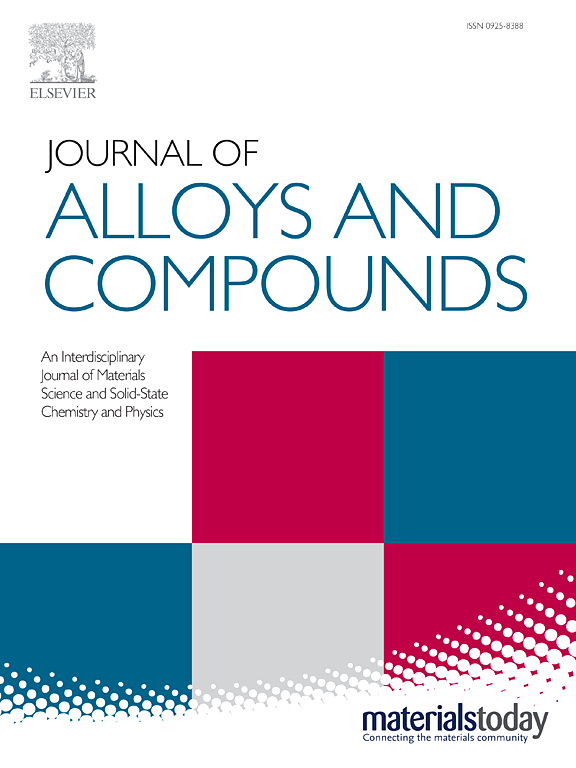Unveiling high-efficiency, stable lead-free 2D Dion-Jacobson/3D perovskite solar cells with minimized non-radiative losses
IF 5.8
2区 材料科学
Q2 CHEMISTRY, PHYSICAL
引用次数: 0
Abstract
This study introduces a novel design for FASnI₃ solar cells integrating a 2D Dion-Jacobson (DJ) layer as an interfacial layer to enhance performance. Using the Detailed Balance principle, photoluminescence quantum yield (PLQY) and quasi-Fermi level splitting (QFLS) were optimized. The study investigates the impact of varying the number of 2D DJ layers, revealing that while increasing the layers improves metrics like JSC and VOC, as well it increases series resistance., reducing the fill factor (FF). The 2D DJ layer's quantum confinement impact reduces the bandgap (Eg), enhancing charge generation and carrier dynamics, which boosts JSC and VOC. Additionally, the 2D DJ layer mitigates interface defects between the absorber and the ETL. The optimal configuration, a single 2D DJ layer with Ga₂O₃ as the ETL, achieved a PCE of 18.16 %, representing an 61.5 % improvement over conventional designs. This design balances efficiency, stability, and environmental sustainability, providing a capable solution for high-performance lead-free solar cells.
求助全文
约1分钟内获得全文
求助全文
来源期刊

Journal of Alloys and Compounds
工程技术-材料科学:综合
CiteScore
11.10
自引率
14.50%
发文量
5146
审稿时长
67 days
期刊介绍:
The Journal of Alloys and Compounds is intended to serve as an international medium for the publication of work on solid materials comprising compounds as well as alloys. Its great strength lies in the diversity of discipline which it encompasses, drawing together results from materials science, solid-state chemistry and physics.
 求助内容:
求助内容: 应助结果提醒方式:
应助结果提醒方式:


